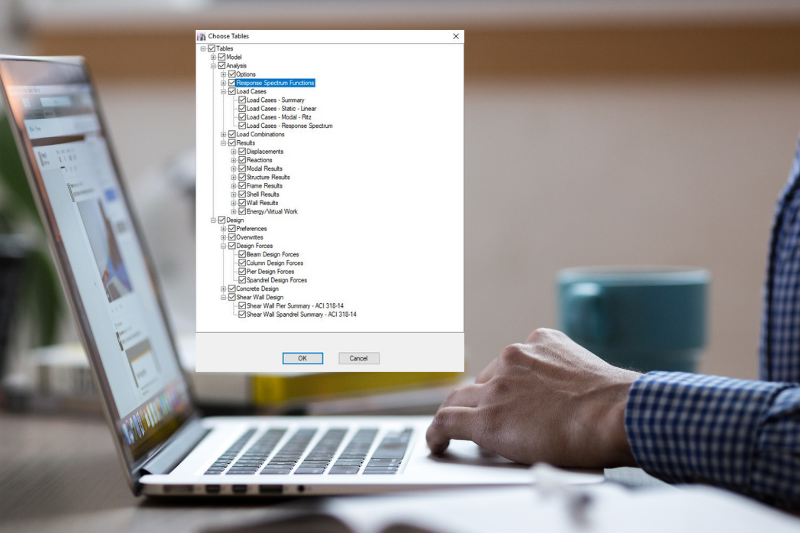
As a structural engineer, we are also asked to review the ETABS Model especially when you are the senior or head of the department or as a third party checker. This is to ensure that the design shall meet all the relevant standards for safety, durability, and serviceability before submitting for authority approval.
This article aims to give you the general idea of the basic checks and basic requirements that needs to consider in reviewing an ETABS model.
1. Geometrical Check
The model should review accordingly if it is geometrically feasible, although most geometrical shapes vertically and horizontally are possible. The designer should review the model according to the structural arrangement of the elements. The most common check is most likely according to the vertical and plans configurations of the building as described in the code you use. Each code we use provides clauses and sections on how to treat these building irregularities. For example, when using UBC 97 you should satisfy the clause 1629.9.3 tables’ 16-L or 16-M and when using ASCE 7-10, section 12.3.2 should be satisfied. So as a designer, you should be aware of the codes governing your design. When these irregularities were encountered, the structural checker should review the model carefully according to the code provisions and limitations.
The structural model should also match the structural drawing and vice versa. Matched to the point that the actual geometry of the structure/building is exactly the same and reflected. To review, the wall thicknesses, column and beam dimensions and its locations, slab thicknesses and edges, duct openings and others should be investigated carefully and should be according to submitted drawings.
2. Parameter and Design Inputs
Parameters and design inputs are important factors in the design. Once the model passed the geometrical check, the assignment of the design data and its definition should be examined. This may include the wind load parameters, soil profile types and seismic parameters use in seismic analysis, the design loadings, temperature loads, material properties, vertical and horizontal section definitions, floor slab schemes, building separations, and others.
The model should also include the load cases and combinations as specified in the design criteria. Make sure that the floor loads such as dead loads, live loads and line loads have been inputted.
3. Check for Warning Messages
The model should also be free for any warning or error messages as this may lead to significant loss of load transfers and may affect the design. The secret to getting rid of these warnings is through the proper meshing of slabs and wall elements. The proper connectivity of the slab elements, its joints and corners should be maintained. Appropriately, the checker should examine the set-up of auto-meshing and the meshing constraints when encountered warning messages. The details on how to check and fix the warning messages can be further discussed in our previous article.
4. Check for Model Instability
Once the run analysis has been completed, make sure to review the instability of the model before going deeper. Counter check whether the model encountered the ill-conditioned message. When checking the model itself, make sure to avoid the errors that are previously discussed in this article.
5. Check for Mass Participating Ratio
As part of the post-analysis checks, the model should review if the mass participating ratio should attain at least 90% of the mass participation as specified in the code. If not, an additional iteration of estimating the P-delta is needed until such time that the model performance reaches the appropriate percentage. A re-run of the model is needed in the event that the required percentage shall not be met.
6. Check for Base Shear Scaling
To normalize and maintain the design loads, make sure that the model base shear has been scaled down or up to a certain percentage accordingly. The reviewer should check whether this checklist has been considered. Scaling of base shear is depending on which code to use. The model should review accordingly as per this article when using UBC-97 and ASCE 7. As a counter check, you can refer to our previous article on how the scaling is performed in ETABS for reference.
7. Torsional Irregularity Check
The model should be reviewed according to the torsional irregularity requirement of UBC-97 or ASCE 7 or as per the local design code mandate my authority in jurisdiction. The inter-story drift of the extreme most edge of the model is to locate along x and y-direction. The ratio of maximum to average drift at a certain level should investigate. If the ratio exceeds 1.2, then torsional irregularity in the mode exists. In this regard, an amplification factor is to be applied to normalize the stiffness of the building. Further discussion regarding this topic has been presented in the previous article, How to Determine Torsional Irregularities in Buildings.
8. Drift Check for Wind and Earthquake
The required design life of the building is 50 years. Structural elements will be designed to meet this required design life, assuming an appropriate level of maintenance is carried out on the building during its lifetime. The model should be reviewed and satisfies building sway or building drift limitations. It is important to know the code and standards use in your area before deciding which limitations to use in reviewing the model. For example, when using UBC-97 and ASCE-7 respectively, the drift against seismic and wind loadings limitations are the following:
8.1 Wind Drift (as per ASCE 7-10):
Total Sway for 50 years life span: δ/H = 1/400-600
Inter-story drift for 10yr: δ/H = 1/400 and not more than 10mm
For a wind, sensitive structure wind tunnel testing should be required. The data received from the wind consultant will be input into the SLS ETABS to check drift, etc.
8.2 Seismic (as per UBC-97):
Inelastic Drift, ∆M=0.7R∆s < 0.025H for T<0.7
< 0.020H for T>0.7
In the presence of any adjacent structures, a sufficient distance should maintain to avoid damaging contact as per clause 1633.2.11 of UBC-97.
9. Design Output Results
Once the model has been reviewed as per the checklists above, the design or checking functions should perform. The appropriate beams, columns and wall reinforcements assigned should run the check or design functions to ensure all elements are passing. Other independent checks may be also be checked and reviewed by the checker primarily for Local Authority Review.
10. Final Review and Recommendations
The reviewer or checker can create a report on the outcome of the report and its recommendations. This may include all the major and minor remarks on the model. A recommendation may include according to his/her judgment.
Want to LEARN ETABS? No experience required!
The ETABS 2016 Black Book, is written to help beginners learn the basics of ETABS structure modeling and analysis. The book follows a step by step methodology. This book explains the designing of structure, assigning various properties to structure, applying different load conditions, and performing analyses. This book also covers the basics of detailing in ETABS. The book covers almost all the information required by a learner to master ETABS. Check out this product to learn more about ETABS!
What do you think about this article? Tell us your thoughts, leave a message on the comment form below. Subscribe to our newsletter to be updated with the latest posts or follow us on our social media pages on the below icons.
![]()


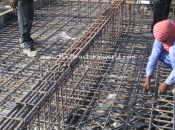

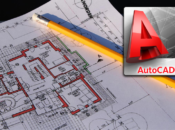
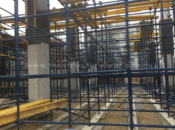
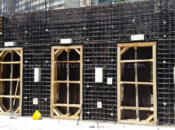
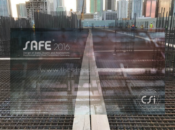
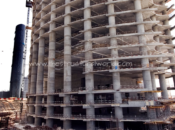


En el item #5: la participación de las masas debe alcanzar el 90% de las masas, pero:
-En qué modo de vibración?
-Cuántos modos de vibración son requeridos para ésta evaluación?
-Cuáles serían los parámetros adicionales para ejecutar el P-delta?
There is no required number of modes to consider by the code as long as it is sufficient enough to obtain the 90% target. When the number of modes we assigned is not sufficient, we can assign more modes until we reach the 90% participation. You can refer to our previous article for more details: https://www.thestructuralworld.com/2019/01/16/3-major-post-analysis-checks-in-etabs/
Stay tuned for upcoming articles discussing P-delta.
These checks done by using Response Spectrum case only or by which load combination ?
These checks are general checks or basic checks only.
It waa very helpful article, thank you guys alot.
Hi
Is there any guidelines for IT Hardware requirements to run faithfully structure designing work .. say Model size 1TB..what should CPU, RAM, and HDD requirements. In case of multiple Core CPU, whether jobs can be run in each core with chunks ..
Is it stereo enabled sw to run on 3D Monitor like 3D Pluraview of Schneider Digital, Germany